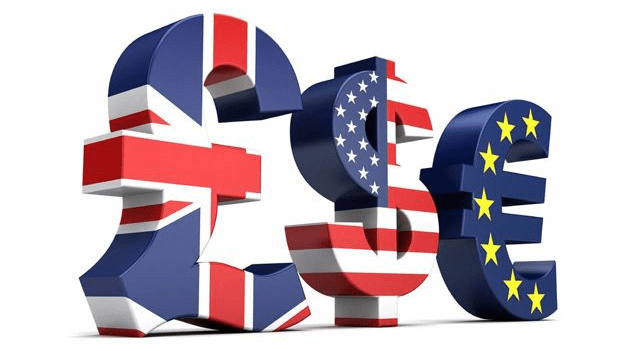The U.S. dollar slipped slightly on Monday, trimming a portion of last week’s rally after comments from Federal Reserve official John Williams increased confidence that the central bank could lower interest rates as early as next month.
At 04:00 ET (09:00 GMT), the Dollar Index—measuring the greenback against six major peers—was down 0.1% at 100.077, easing after gaining about 1% over the previous week.
Fed Rate-Cut Hopes Weigh on the Dollar
Expectations for a December rate cut strengthened after Williams indicated Friday that a policy move may be feasible “in the near term.”
Markets now assign roughly a 69% chance of a 25-basis-point reduction in December, up sharply from around 44% one week earlier, according to the CME FedWatch Tool.
Still, the minutes of the most recent Fed meeting showed that several policymakers continued to warn that inflation remains too high, leaving the path for December less certain.
With the week shortened by holidays, traders will focus on fresh U.S. data releases, beginning with September retail sales on Tuesday. Wednesday’s Beige Book will also be scrutinized, with ING noting: “any anecdotal evidence from the Fed’s 12 reporting districts that the slowdown in employment is broadening could put the notion of a Fed December rate cut back on the agenda.”
Euro Rises as Ukraine Peace Discussions Advance
EUR/USD climbed 0.2% to 1.1531, aided by signals of progress in talks aimed at ending the conflict between Ukraine and Russia.
Washington and Kyiv were set to continue refining a revised peace plan on Monday, following agreement to move away from an earlier framework criticized as overly favorable to Moscow. In a joint statement, negotiators said they had crafted a “refined peace framework” after weekend discussions in Geneva, though no details were released.
Germany’s Ifo business climate index slipped to 88.1 in November from 88.4 in October, underscoring persistent softness in the eurozone’s largest economy.
ING analysts remarked: “We are a little surprised to see EUR/USD still languishing not far from 1.1500 – but perhaps investors are more comfortable expressing euro-positive views through EUR/CHF than EUR/USD. Still, we think events this week could firm up the floor in EUR/USD at 1.1500.”
Elsewhere, GBP/USD dipped to 1.3096 as the pound stayed under pressure ahead of Wednesday’s U.K. budget, where Finance Minister Rachel Reeves is expected to balance support for growth with the need to reassure markets on fiscal discipline.
According to ING: “Our baseline going into Wednesday’s budget is that sterling’s upside is probably quite limited on a credible/tight budget and that there is some sterling downside on the view that the 2026 Bank of England easing cycle is under-priced.”
Yen Remains Fragile with Intervention Concerns in Focus
USD/JPY gained 0.2% to 156.71, leaving the yen hovering near multi-month lows after last week’s sharp fall. Markets remain convinced that the Bank of Japan could maintain—if not ease—its stance, especially with the new government under Sanae Takaichi pursuing more expansionary fiscal and monetary policies.
However, Japanese officials have stepped up warnings that currency intervention is possible if yen weakness becomes disorderly, while Monday’s national holiday curbed overall activity.
Thin liquidity could offer Tokyo a tactical opportunity to act, as past interventions have often occurred during quieter trading hours.
USD/CNY was little changed at 7.1064, while AUD/USD edged 0.1% higher to 0.6465, supported by broader risk appetite.
